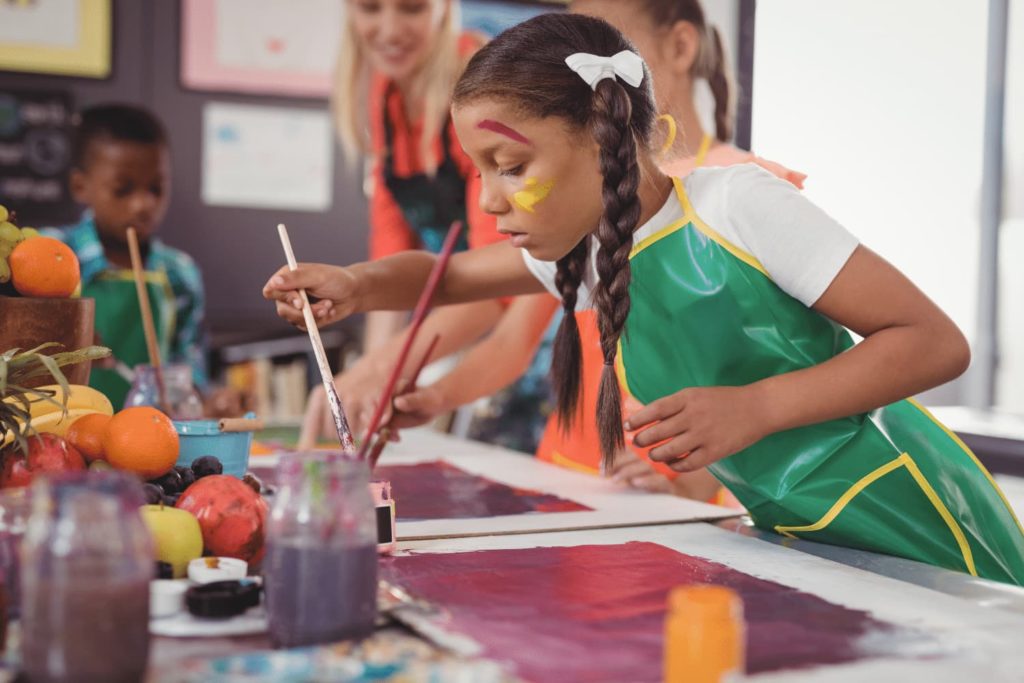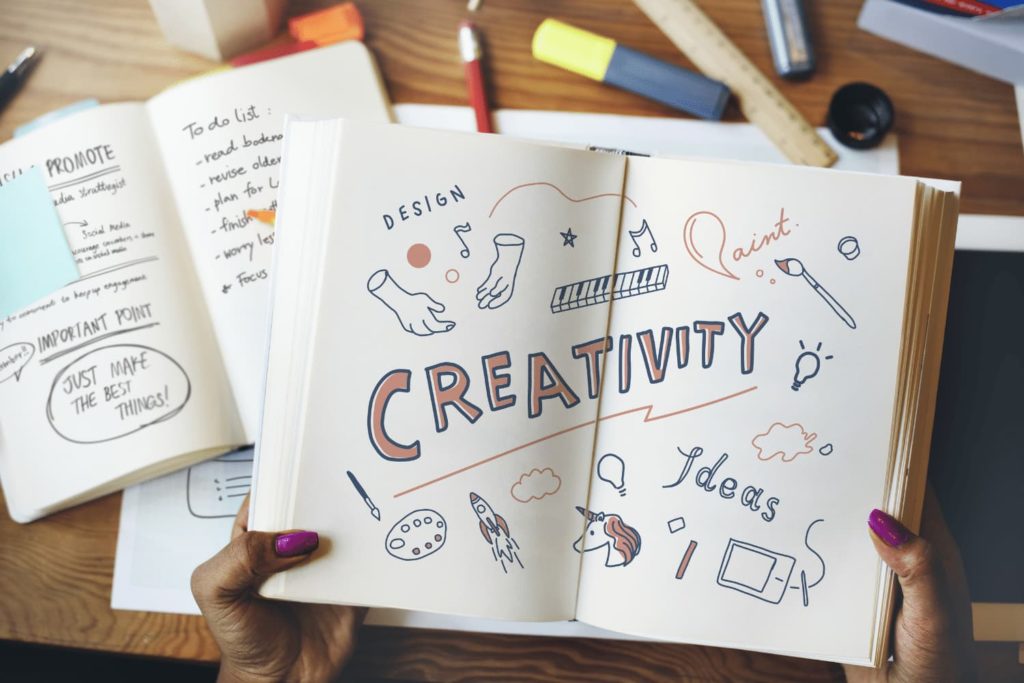
What This Blog is About
I am excited to welcome you to my blog on creativity. This is a place where I explore the topic of creativity, its processes, and its various manifestations. I hope you’ll join me on this journey as we uncover what it means to be creative and how we can get more out of our inherent creativity.
How I Began My Creativity Journey
My connection to creativity has developed over time. I strongly believe that the human condition is creative and that we are all imaginative beings, but like many people, I have devalued my creativity at various points in my life. As a child and adolescent, I let myself engage in all kinds of creative expression, but as I became an adult, I began to move away from outward and obvious manifestations of creativity. About five years ago, however, I became interested in what happens in the brain when we engage in a creative task. What began as a curiosity and an academic side interest has turned into a personal project. In 2020, roughly coinciding with the first stages of the COVID-19 pandemic, I began a personal journey of exploration into the conditions of creativity: what our culture tells us about creativity, what inhibits our creativity, and ultimately, how we can be more creative.
What I Mean By Creativity
There are many definitions of creativity, and I have written an entire post on its various explanations and how I have come to understand it. It is helpful here at the outset, however, to offer a brief introduction to what I mean when I use the term “creativity.” Many people associate creativity with the ways that they are personally creative. If you ask musicians about creativity, for example, they will often give you definitions and examples from the world of music.

Unfortunately, many adults don’t maintain creative outlets into adulthood. They think of themselves as abandoning their creativity as children, and these people might exclusively associate creativity with childhood arts and crafts. The reality is that creativity is a quality that people can implement in any area of their lives, from how they engage in their work life to how they parent. Creativity is not just an aspect of “The Arts.” A good, broad definition of creativity is the ability to make new connections that are useful. That may seem abstract, so some examples could be helpful.
Examples of Creativity
A simple example of creativity (making new connections that are useful) can come from something as mundane as home maintenance. Imagine that you’ve been putting off cleaning the garage, so you pair it with something you love, like listening to your favorite playlist or album. This is a new connection (assuming you don’t already do this) and the useful outcome is that you are motivated to make your garage an organized and inviting space.
A more exciting example of creativity comes from the world of entertainment. Historical drama is a fairly common topic within musical theater, but when the musical Hamilton combined the story of a U.S. “founding father” with hip hop and a multiracial cast (this is “new connections” part of creativity), the result was an award-winning, box-office sensation (the “useful” part of creativity).
Imagination can flourish in any aspect of our lives and learning to enhance our creativity can serve to heighten our levels of happiness and life satisfaction.
Topics Explored in the Blog
My goal with this blog is to create posts that are useful. This is itself a creative task: I aim to make “new connections” of concepts and expression and produce an outcome that is “useful” in that the posts are fun for me to write and helpful for you to implement. To that end, I will explore a variety of topics. Deeper explorations of the mechanics of creativity (its definitions and its processes) will be the topic of some posts, while others will focus on examples of creative expression in a variety of areas (including but not exclusive to “The Arts”).

Societal forces play an important role in how we feel that we are able to be creative, and therefore the cultural components of creativity will be a focus of some posts. In others I will examine the circumstances that inhibit creativity, as well as the conditions that encourage it. Most importantly, we will explore together how we can be more creative, not just for creativity’s sake, but in order to be happier, more successful, and more fulfilled human beings.
I hope that you are as excited about this endeavor as I am. I have already learned an extraordinary amount about creativity, and I can’t wait to keep learning. Won’t you please join me?
Sincerely,
Matt Desing